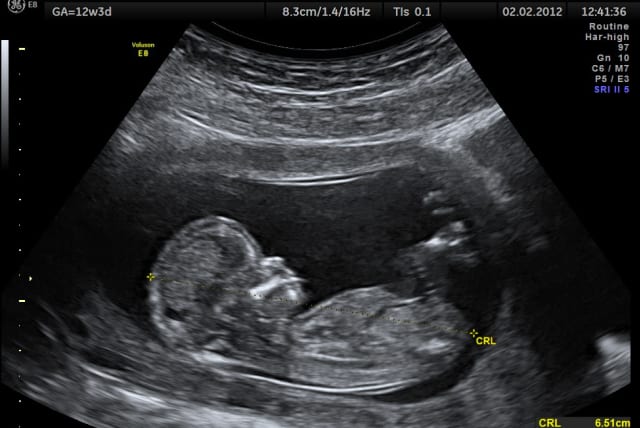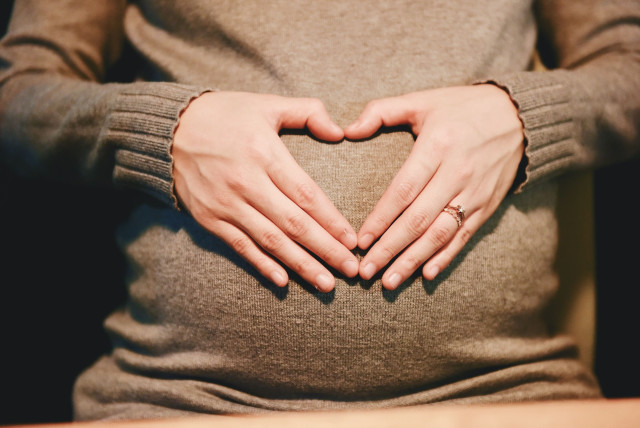Why doesn’t a pregnant woman’s immune system kill her fetus in the womb?

The findings of a new study on maternal-fetal dynamics could lead to advancements in improving rates of preeclampsia and premature birth.
How do foreign cells from a fetus manage to invade the mother’s uterus while escaping from the maternal immune response that could destroy the fetus, even when many potent immune cells are found nearby?
A new study from the Hebrew University of Jerusalem (HU) and Stanford University in California published in the prestigious journal Nature has revealed a detailed timeline of maternal and fetal dynamics during the first half of human pregnancy.
The research focuses on spiral artery remodeling (SAR), the process of transformation of maternal blood vessels during pregnancy that is critical for normal placental development. The study’s findings offer valuable insights into the complex mechanisms underlying pregnancy development that could potentially lead to advancements in placenta-related obstetric complications such as preeclampsia (a serious blood-pressure condition that causes high levels of harmful protein in the pregnant mother’s urine) and premature birth.
During a normal pregnancy, maternal spiral arteries that are normally coiled and constricted widen to become loose vessels that can transfer low-velocity, low-pressure blood flow to the placenta. This process, for example, does not occur smoothly in preeclampsia.
Researchers looked at samples from 66 non-medical terminations
Using Multiplexed Ion Beam Imaging by time-of-flight (MIBI-TOF), the team examined 500,000 cells and 588 arteries in the intact decidua (the border between the maternal and fetal sides in the placenta) from 66 samples of non-medically indicated pregnancy terminations. MIBI makes it possible to detect up to 40 markers simultaneously at the single cell level and captures the spatial data – a whole new level of resolution. This approach allowed them to get a detailed understanding of the changes occurring in the tissue at different stages of pregnancy.
“This research represents a major leap forward in our understanding of the maternal-fetal interface. By combining spatial data together with MIBI data, we can characterize all cell populations at the maternal-fetal interface and capture the proteins they are expressing and use these data to unravel the complex interactions between foreign fetal cells and maternal immune cells. We can now tackle puzzling questions such as ‘Why maternal immune cells are not attacking foreign fetal cells?’ and ‘What drives the dramatic changes we see in the structure of maternal vessels?’” said lead HU researcher Dr. Shirley Greenbaum
The research, the team said, has created a unique and detailed map of the interactions between the mother and fetus in the early stages of pregnancy. This atlas gives us an extraordinary understanding of how these interactions occur. The discoveries made in this study could fill a current knowledge gap regarding normal placenta development.
The group is now working on implementing these findings to examine samples from preeclamptic pregnancies. The publication of this study marks a significant milestone in reproductive biology research and offers hope for improved maternal and fetal health outcomes in the future.
Jerusalem Post Store
`; document.getElementById("linkPremium").innerHTML = cont; var divWithLink = document.getElementById("premium-link"); if (divWithLink !== null && divWithLink !== 'undefined') { divWithLink.style.border = "solid 1px #cb0f3e"; divWithLink.style.textAlign = "center"; divWithLink.style.marginBottom = "15px"; divWithLink.style.marginTop = "15px"; divWithLink.style.width = "100%"; divWithLink.style.backgroundColor = "#122952"; divWithLink.style.color = "#ffffff"; divWithLink.style.lineHeight = "1.5"; } } (function (v, i) { });

